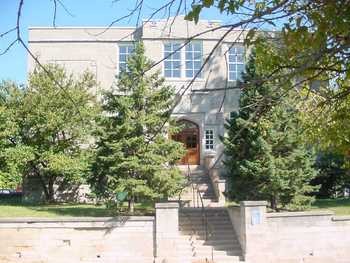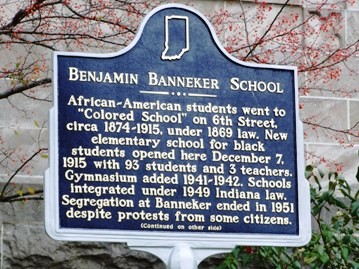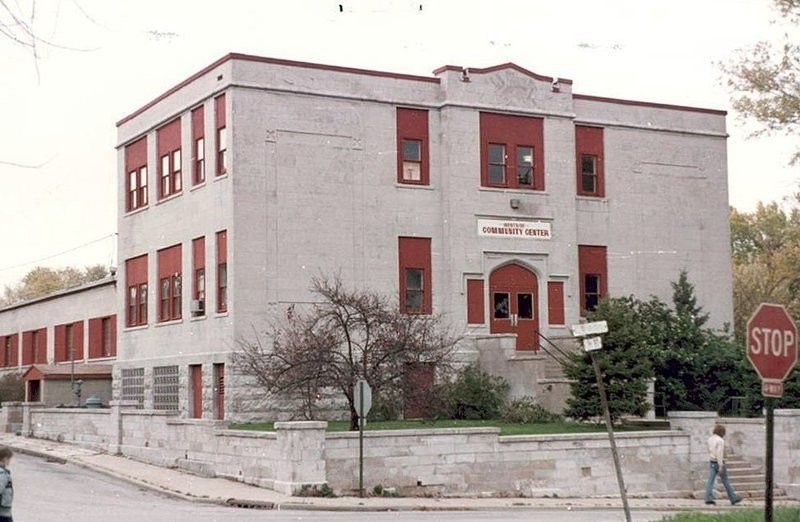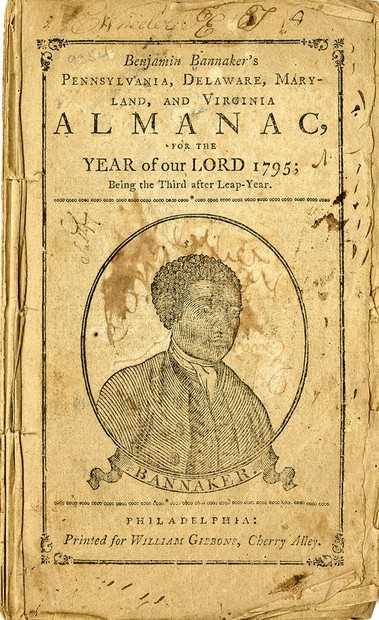Benjamin Banneker School (1915 – 1951) – Fairview Annex (1951 – 1954) – Westside / Benjamin Banneker Community Center
Introduction
Text-to-speech Audio
Images
The Benjamin Banneker School was constructed in 1915. Because it was not finished at the beginning of the school year, students had to take their classes at an old armory building.

After it became an integrated institution, Banneker School was renamed to Fairview Annex. Many were unhappy with integration at the time and tried to strike or oppose this new change.

When Benjamin Banneker School first opened its doors in 1915 it only had 93 students and 3 teachers. Up until an 1869 mandate requiring education possibilities for colored students, African-American children were often left out of the system.

After Fairview School was opened and Fairview Annex was closed, the building became the Westside Community Center. It would not be until 1994 that it would find its way back to its roots and be renamed the Benjamin Banneker Community Center.

Benjamin Banneker was a scientist, mathematician, astronomer, and civil rights activist. He helped create the boundaries for Washington, D.C., published almanacs, and personally wrote to Thomas Jefferson about equality among men.

Backstory and Context
Text-to-speech Audio
In accordance with 1869 segregation laws, African American students in Bloomington attended the ‘Colored School,” located on 6th Street from 1874 until 1915. However, seeing the need to expand, the Benjamin Banneker School – named after a free African American scientist, farmer, and surveyor born in 1731 – opened its doors to 93 students and 3 teachers in December of 1915.1
Benjamin Banneker was born in Maryland in 1731 to a free biracial woman and a free former slave. Not only had he never set foot in Bloomington, Indiana, but he’d also never had any sort of formal education beyond being taught to read and write by his parents. Even so, many considered him to be a genius of his time. He had a talent for mathematics, science and astronomy, leading to his role in helping establish the boundaries of Washing, D.C. and publishing his own series of almanacs. Perhaps his most notable mark in history comes from his correspondence with then-U.S. Secretary of State Thomas Jefferson.
In August 1791, Banneker sent a pre-publication edition of his almanac to then-U.S. Secretary of State Thomas Jefferson, accompanied by a fiery letter. Banneker reminded Jefferson of the famous words Jefferson had written: “We hold these truths to be self evident, that all men are created equal, that they are endowed by their creator with certain unalienable rights, that among these are life, liberty and the pursuit of happiness.”
In that letter, Banneker wrote, “How pitiable it is to reflect that although you were so fully convinced of the benevolence of the Father of mankind, and of his equal and impartial distribution of those rights and privileges which he had conferred upon them, that you should at the same time counteract his mercies, in detaining by fraud and violence so numerous a part of my brethren under groaning captivity and cruel oppression, that you should at the same time be found guilty of that most criminal act.”Four days after receiving the almanac and the letter, Jefferson replied to Banneker, thanking him for the booklet, and stating, “No body wishes more than I do to see such proofs as you exhibit, that nature has given to our Black brethren, talents equal to the other colors of men.” 2
It was this man’s initiative and gumption that inspired Thomas Covington Johnson, the first principal of the Benjamin Banneker School, to name it so. For 36 years, the school functioned as a segregated institution for children of color. In 1937, community recreation was introduced to the school, making it one of the only places available for children to play basketball and in 1942 a gymnasium was added to the building. Banneker School was ‘closed’ and renamed Fairview Annex in 1951, becoming an integrated school for fifth and sixth-grade classes three years before the 1954 Brown v. Board of Education ruling that would end segregation in schools for good. Consequentially, 1954 would also be the year that the building ceased to act as a school and became Westside Community Center. Students that had attended Fairview Annex would go on to attend the newly finished Fairview school.
For many years Westside Community Center offered resources and recreation to their community. When, in 1994, much-needed repairs and renovations were made were made to the building, such as the installation of an elevator and central air, they also chose to rename the facility Benjamin Banneker Community Center to honor the building and the community’s past. Today it offers the same services that it has in the past, hoping to play a role in the betterment of their community. The historical marker for the Benjamin Banneker school that rests outside was dedicated in 2008.
Sources
2 Hewitt, Dawn. Who Was Benjamin Banneker?. Herald Times Online. February 20, 2013. Accessed January 15, 2018. http://ww.heraldtimesonline.com/stories/2013/02/20/news.who-was-benjamin-banneker.sto.
Erdody, Lindsey. Banneker Community Center Turning 100 This Year. Herald Times Online. February 22, 2015. Accessed January 15, 2018. https://www.heraldtimesonline.com/news/local/banneker-community-center-turning-this-year/article_f42....
Benjamin Banneker School. Indiana Historical Bureau. Accessed January 15, 2018. https://www.in.gov/history/markers/545.htm.
